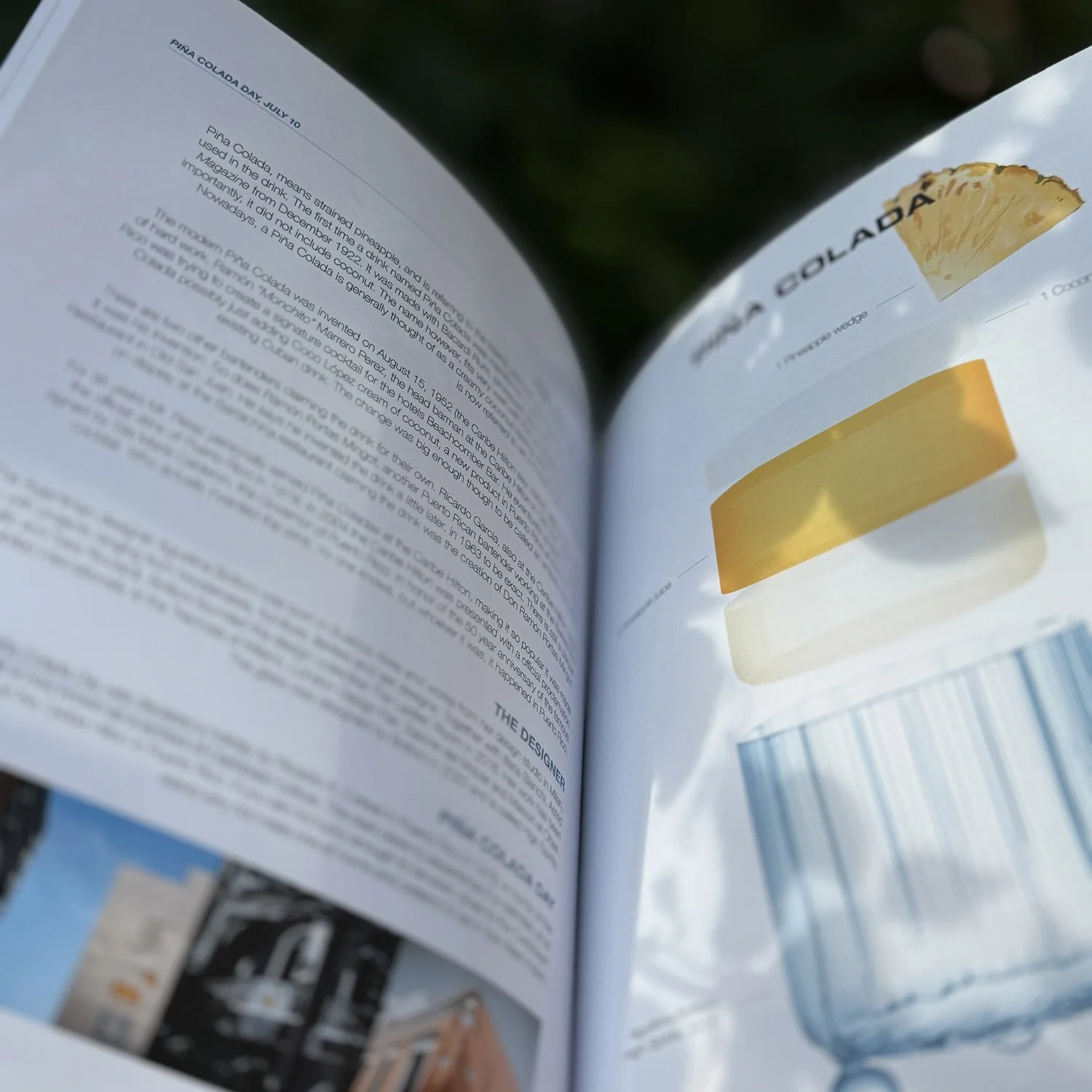In 1826 four brothers, confectioners from the Swiss town Pontresina close to St. Moritz, came to the Italian port city Genoa. The intention was work and save up money to emigrate and seek their fortune in America. Being successful and much appreciated in their new, supposed to be temporary home country, the Klainguti brothers decided to stay in Italy and set up a pastry shop in Genoa instead. In 1828 they opened Fratelli Klainguti on Piazza Soziglia in the heart of the old town in Genoa. The brothers soon became a beloved part of the city, especially among high society.
One of the most famous pastries at Fratelli Klainguti is the Torta Zena. Made with layers of sponge cake and filled with zabaglione cream, flavored with Marsala and rum, and topped with marzipan it is a cake found in many pasticcerie in Genoa today. The name Zena derives from the Genoese name for Genoa. Another of the Klainguti inventions is a brioche they created for their most famous customer, Giuseppe Verdi, who was a frequent patron of the pastry shop. They even named it after Verdi’s opera Falstaff and it was so well received by Verdi himself that he left Klainguti a thank you note reading: “Dear Klainguti, thanks for the Falstaff. Superb... much better than mine!”
In the late 19th century Italian pasticcerie, pastry shops, began transforming and adopting to the new Italian café culture, serving coffee and alcoholic beverages as well as lighter meals. This was a shift that spread across Italy and Fratelli Klainguti were part of this change.
The creation of the Klainguti cocktail is lost in history but it is very much a part of the Italian cocktail culture. Probably made sometime during the 20th century it has a lot in common with its Italian cousins featuring Campari, Italian vermouth (even though it is usually of the red variety), gin and Prosecco. You could say that the Klainguti Cocktail is like a Negroni Sbagliato where the bartender didn’t use Prosecco instead of the gin but instead used both. Where the cocktail stands out is with the addition of Cointreau a product that doesn’t generally feature in the true Italian classics.
THE DESIGNER
The glass, which is actually a candy dish, was designed in 1925 by the Austrian designer Oswald Haerdtl.
































































































































